>> Nation faces looming water crisis
Many localities in the Central Highlands region of Vietnam are grappling with the effects of serious drought.
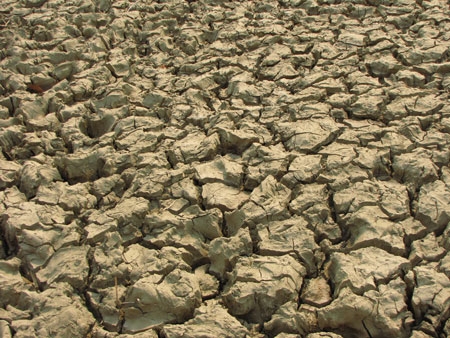 |
| Dry fields |
According to Gia Lai Province’s Department of Agriculture and Rural Development, by February 25, up to 7,000ha of plantation area were affected by the drought. This is almost 2,000ha more than the plantation area affected as of February 15.
In Chu Pah District, more than 420ha of rice paddies have been destroyed, and the figure is likely rise to over 700ha in the next 10 to 15 days if the drought persists. More than 2,000ha of coffee could lack sufficient water, leading to significant crop losses. Besides two irrigation facilities have dried up, and others are on alert.
Meanwhile, in Kon Tum Province, up to 2,200 wells and irrigation facilities have become dried up, many of those in the Sa Binh Commune, Sa Thay District.
A large area of farm land in Kon Tum is dying because of the lack of water, forcing the locals to use irrigation pumps. This means added pressure for them, with petroleum prices on the rise.
Many residents said that 8 litres of oil will serve water to just 360 square metres of field. If the drought lasts until April, they will suffer from a loss of between VND500,000 (USD24.53) and VND1 million (USD49.1) for 360 square metres.
The short water supply also affects hydroelectric plants in the region. Ta Van Luan, Director of the Ialy Hydropower Plant in Gia Lai Province, said the water level at the plant’s lake is just 6m high, the lowest level in the past 50 years. The unfavourable weather conditions have caused difficulties for power production.
According to Sai Gon Giai Phong Newspaper, the plant’s power output for the first six months might drop to about 1 -1.1 billion kWh, compared to 1.8-2 billion kWh in previous years.
Water levels at Dak Bla and Po Ko rivers, which are the main water supply source of Kon Tum Province, have dropped by 30-40% from previous years. The Serepok River, running through Dak Lak and Dak Nong provinces, is also drying up.
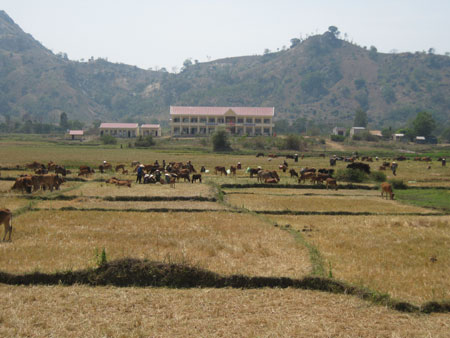
Dried up rice becomes animal feed
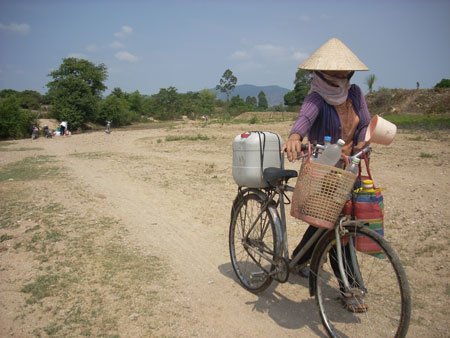
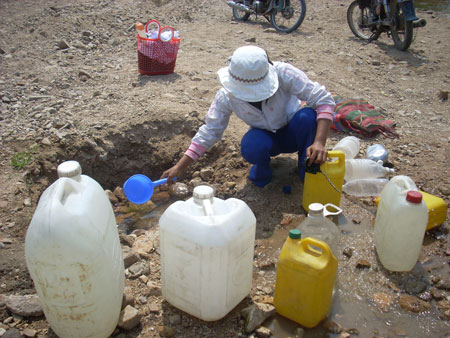
Dry wells mean longer treks
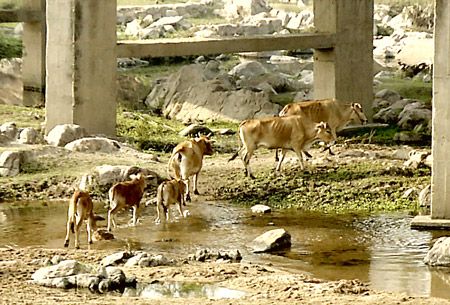
Low water level at Ba Ha River

Leave your comment on this story